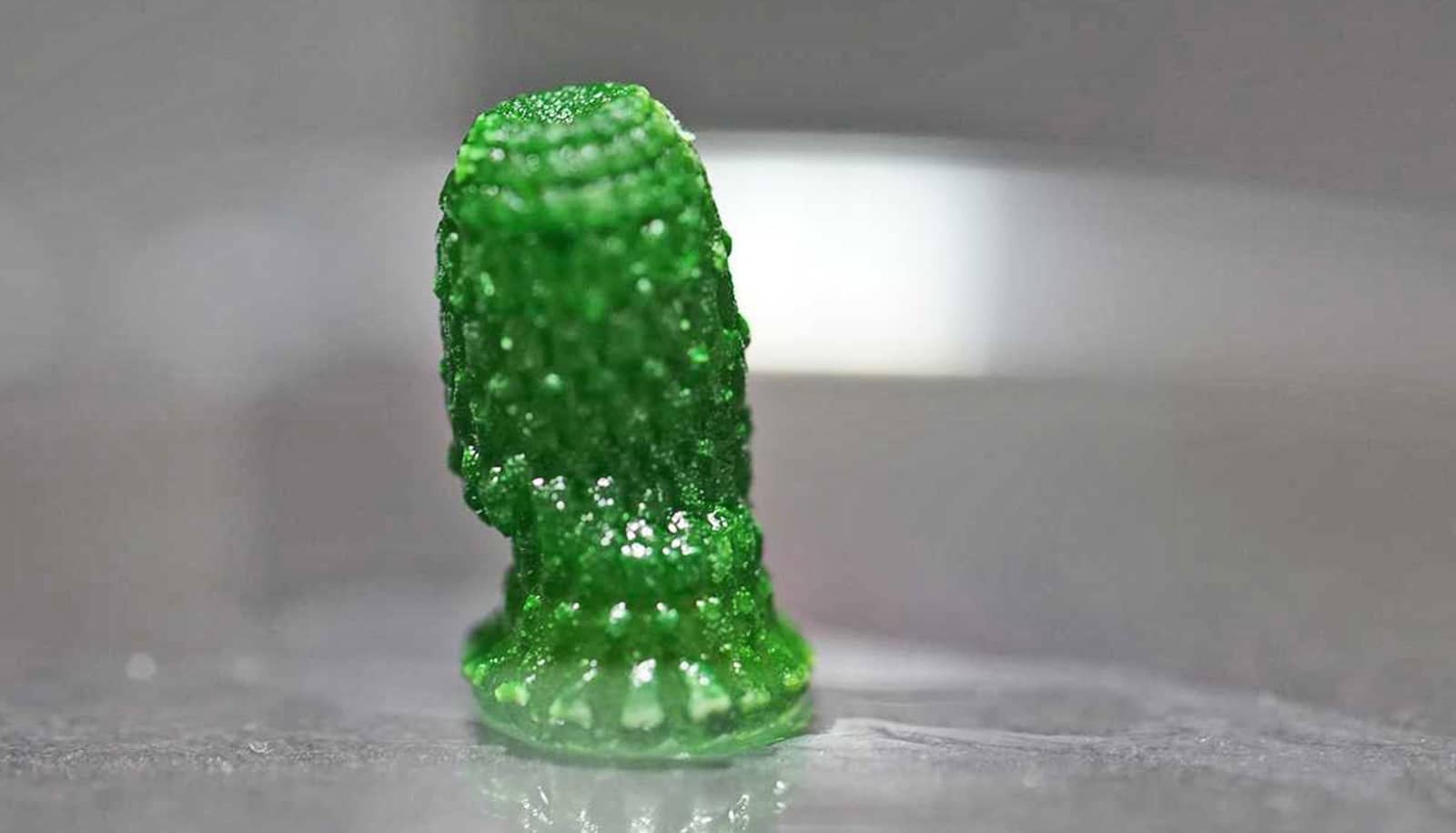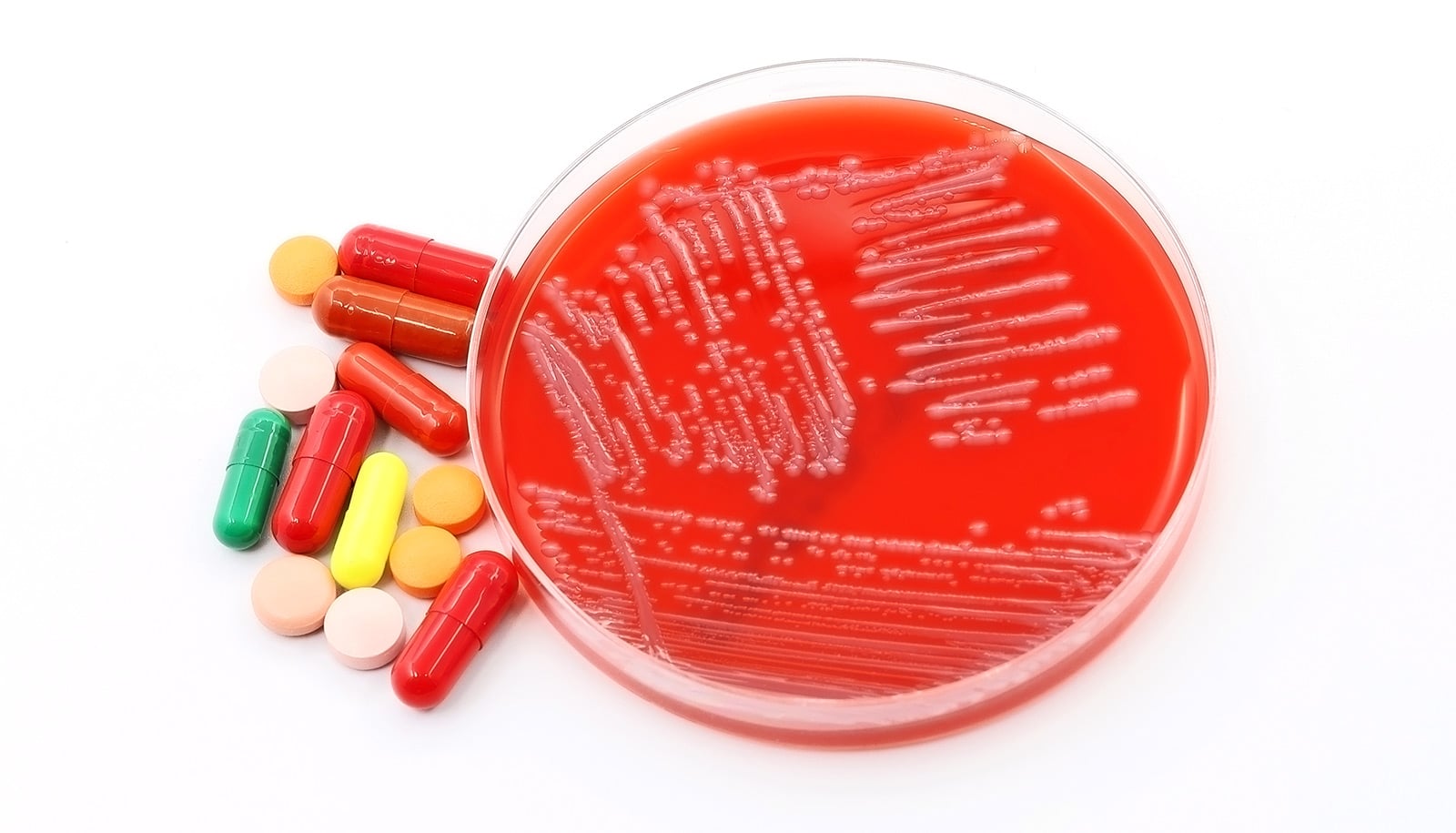Researchers have found a way to destroy antibiotic-resistant strains of Staphylococcus aureus—like the deadly MRSA—using light.
Just as daylight strips Dracula of his power, “photodynamic therapy” can help kill bacteria…
Staphylococcus aureus (staph) is the leading cause of hospital-acquired infections. Antibiotic-resistant strains of the bug, like MRSA, can be deadly.
Staph, which needs iron to grow, “breaks open the blood cells and grabs the hemoglobin and pulls the iron out,” says Eric Skaar, a professor of pathology at the Vanderbilt University School of Medicine. Other gram-positive pathogens probably do the same thing. “But the S. aureus systems are by far the most well studied,” Skaar says.
Just as daylight strips Dracula of his power, the researchers have shown that an enzyme-activating small molecule combined with “photodynamic therapy” can kill bacteria in mouse models of skin and soft tissue infections.
The molecule, called ‘882 for short, activates a bacterial enzyme called CgoX, which in turn induces accumulation of a photoreactive molecule called CPIII. When struck by light of a certain wavelength, CPIII produces reactive oxygen species that kill the bacterium.
“Small-molecule activation of CgoX represents a promising strategy for the development of light-based antimicrobial therapies,” the researchers write in a paper appearing in the Proceedings of the National Academy of Sciences.
Photodynamic therapy—light combined with a photosensitizing chemical—is used to treat certain cancers and skin conditions including acne. But “it’s never really taken off as a treatment for infection because you kill the human cells too,” Skaar says.
“Now we have a molecule that only targets the bacterial enzyme in the pathway so you can selectively make bacteria photosensitive,” he says.
Robot cleans hospital rooms with UV light
Another unique aspect of the study is the use of ‘882, one of only about a dozen synthetic small molecules known to activate, rather than inhibit, an enzyme.
The molecule was identified at the university’s high-throughput screen facility and developed in collaboration with the lab of Gary Sulikowski, professor of chemistry. Researchers are now working to develop technologies that can deliver light to sites of infection.
The National Institutes of Health funded the work.
Source: Vanderbilt University



